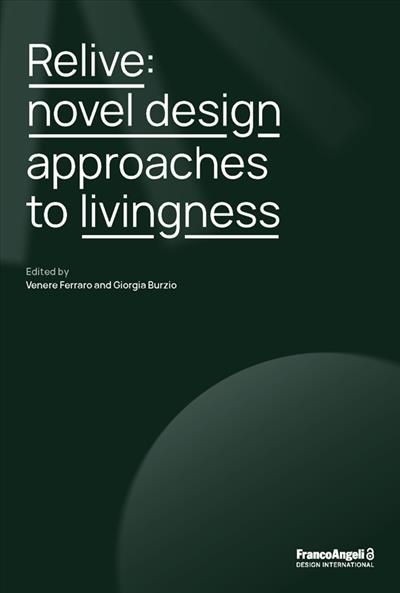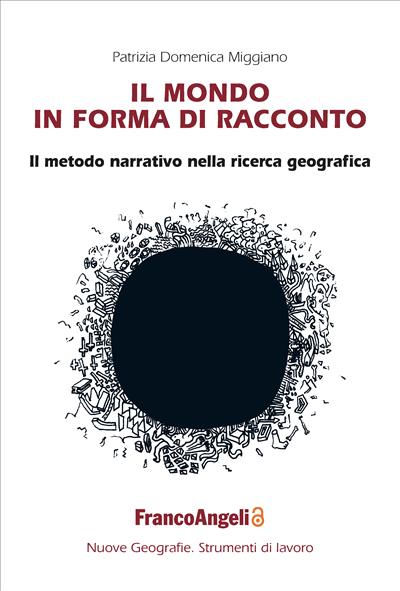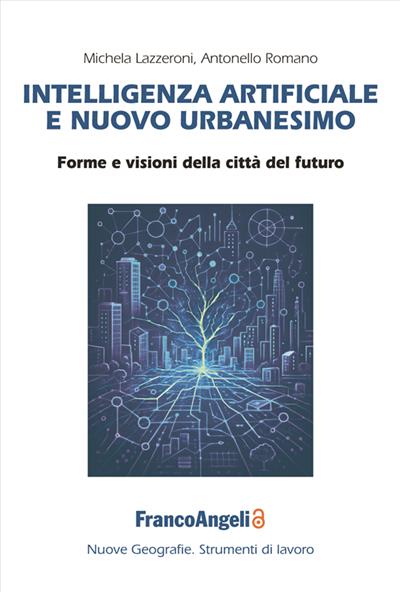
RIPAM 9 - Cultural Migrations
Conference Proceedings
The RIPAM, an acronym for “Rencontres Internationales sur le Patrimoine Architectural Méditerranéen”, has evolved into an informal organization of professors, researchers, and professionals who, since the first edition, have come together to form a group that has organized and continues to organize meetings in various Mediterranean countries.
Pagine: 240
ISBN: 9788835183921
Edizione:1a edizione 2025
Codice editore: 11810.2.10
Informazioni sugli open access




